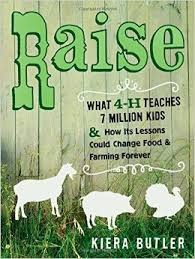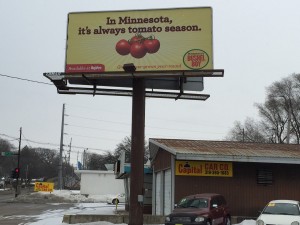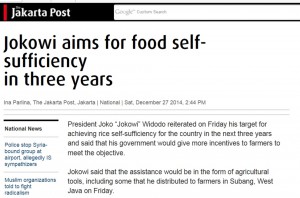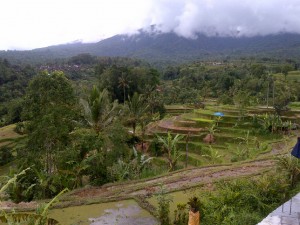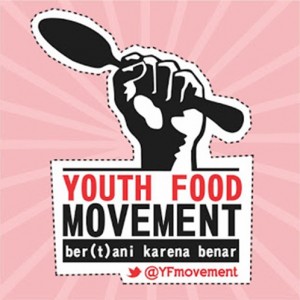Milan Food Expo: The Coldiretti Pavilion
I especially enjoyed the pavilion of Coldiretti, an association of Italian farmers.

“No party” can—and is supposed to be—read two ways: no fun, or no political clout.
The pavilion houses a farmers’ market promoting the products of its members.
Coldiretti doesn’t have much use for GMOs, but for reasons we don’t often consider in the U.S.
 In case you can’t read the photo:
In case you can’t read the photo:
What is good for the GMO multinational corporations is bad for Italy.
Because they cancel our extraordinary diversity.
Because they suffocate many to reward one.
Because the seeds of the earth belong to those who work it.
Because food certainties belong to “free research.”
Whatever you think of such views, I’m hoping the Milan Food Expo will get visitors thinking about these food issues and more.


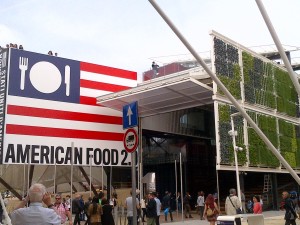
 Even more, he adds:
Even more, he adds:

